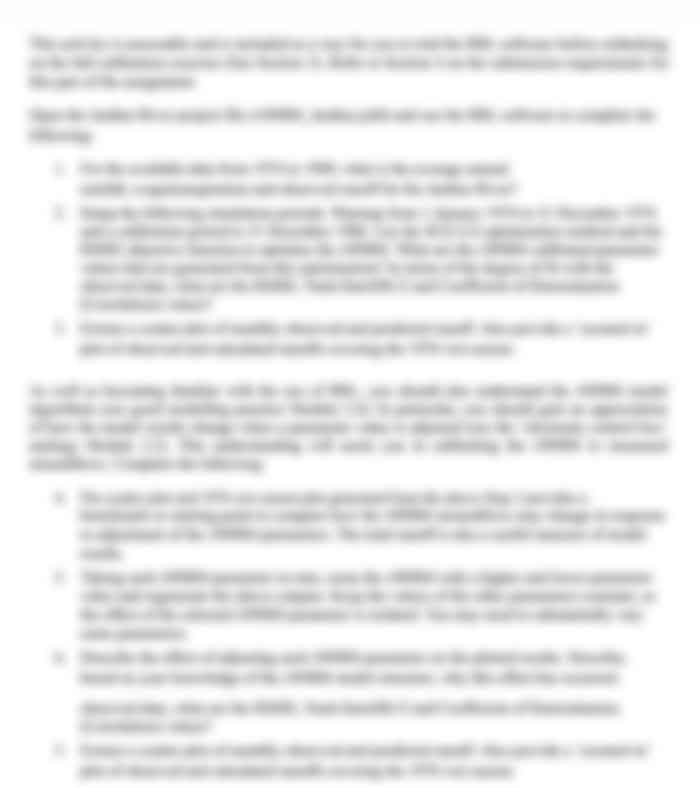Creating Texts On Multimodal Presentation
- Country :
Australia
Description and Intention
The intertextual study is designed to allow students to develop their understanding of the relationship between texts and how one text may influence the creation of another. Students choose one text from either the class novel, Past the Shallows by Favel Parrett or one poem from the class anthology. Students demonstrate their knowledge of the prior text by reference to, or transformation of, one text within another. For this task, students create two texts:
- Influenced by the prior text, a multi-modal presentation such as:
- If referencing the novel, a collection of poems (recorded narration with visual support)
- If referencing a poem, a vignette, or a short story
- A scene from a short film
- A scene from a play script
- A (YouTube) style video review of the novel or poem
- Another form of negotiation with the teacher
- A writer's statement in which students reflect upon and analyze their own creative choices as an author to influence a relationship with an intended audience. The writer's statement should include an analysis of language features and contain fluently embedded evidence. The writer's statement should analyze the shaping of a text's meaning by the interrelationship of texts, such as when an author borrows from or transforms another text. Intertextual connections may range from shared themes, references to characterization or setting, allusions to imagery, or comparisons of context or purpose.
Length and Conditions
The length of this task is no longer than 6 minutes including the writer's statement. A transcript for the multi-modal must be submitted along with the writer's statement (the total for both is 1000 words).
The multi-modal presentation must contain relevant images and students' voice-over (sound and vision). Following a planning and drafting process, students submit a refined final product that is engaging, precise, fluent, coherent, carefully edited, and free of plagiarism.
Audience
Students produce their multi-modal presentations with the aim of meeting the levels of sophistication expected by an educated audience of young adults and adults.
Criteria for Assessment
Knowledge and Understanding
KU1 Knowledge and understanding of ideas and perspectives explored in texts.
KU2 Knowledge and understanding of language features, stylistic features, and conventions to make meaning.
KU3 Knowledge and understanding of ways in which texts are created for a range of purposes and audiences.
Analysis
An1 Analysis of the relationship between purpose, audience, and context, and how they shape meaning.
An2 Analysis of how language features, stylistic features, and conventions are interpreted by readers.
An3 Analysis of intertextual connections.
Application
Ap1 Precision, fluency, and coherence of writing and speaking.
Ap2 Use of appropriate language features stylistic features and conventions for a range of audiences and purposes.
Ap3 Use of evidence from texts to support conclusions, with textual references incorporated in responses

